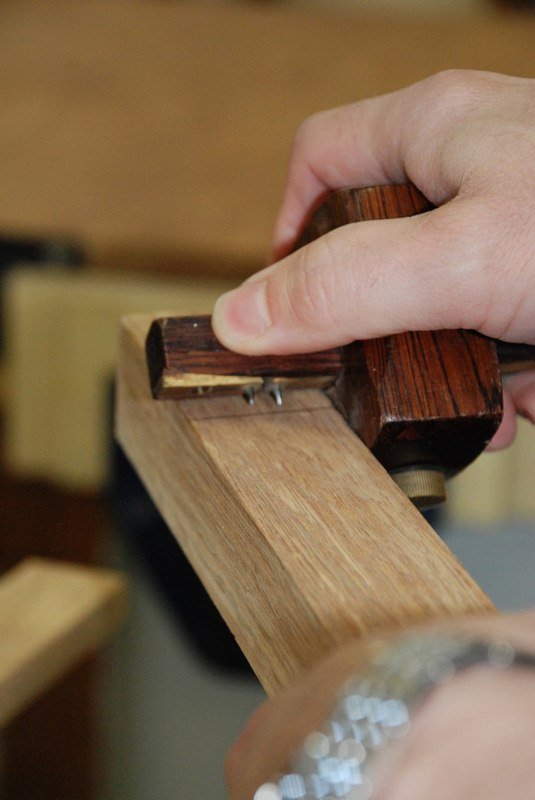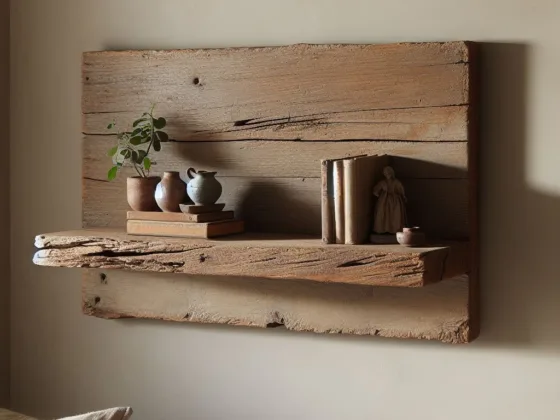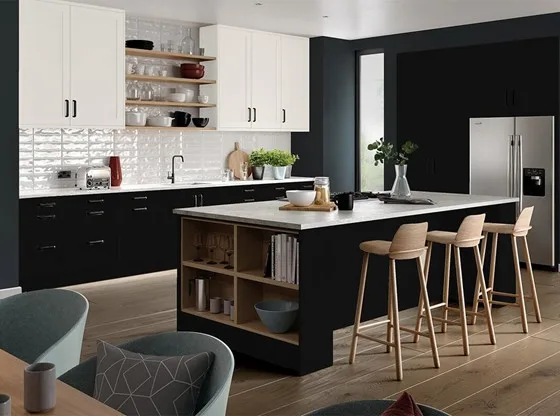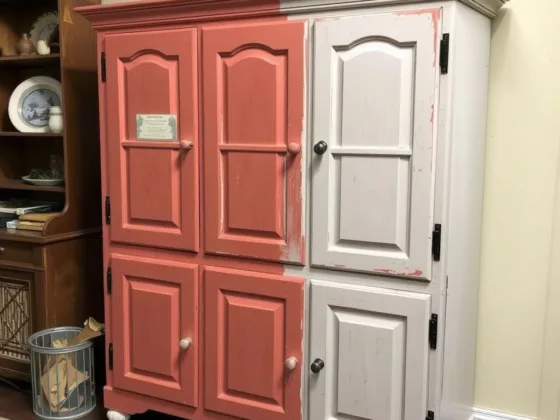Table of Contents Show
Learning woodworking skills is a fantastic investment of your time and one that can pay off in multiple ways.
For one, woodwork is highly satisfying in its own right. Being able to make useful and/or beautiful items with your own bare hands is incredibly rewarding and especially as you see those skills gradually improve over time.

At the same time though, learning woodworking makes you more self-sufficient. If you need a new item of furniture, a new gatepost, or a new decorative item, then you can now make that item yourself – and it feels amazing.
You’ll this way be able to get precisely what you need without paying over the odds or waiting for delivery. It means your home will be far more unique and feel all the more personal to you – and when you tell guests that you made those items with your own hands, they’ll almost always be impressed.
Of course, if you get really good then you can go ahead and sell some of your creations and even turn this hobby into a little side-hustle! Maybe even a full-time job?
5 Woodworking Skills to Learn for DIY Projects
But we’re getting a little ahead of ourselves here. Before we can solve all our household problems and start making extra cash, we first need to learn the basics and make our first thing. To that end, here are five starting skills that you can focus on when you’re just starting out.
Read Also:
Learning the Different Tools
They say that a bad workman blames his tools, but it’s a stupid workman who doesn’t spend time diligently researching and investing in tools.
Because the right tools are going to make a world of difference when it comes to your ability to quickly and easily see your vision become a reality. Why labor for hours on a difficult job when a tool exists that can do it in minutes? This basic knowledge will see you well throughout your woodworking career!
Using a Hand Plane
A hand plane is one of the less intuitive tools to use. We all know how to use a drill (point and pull the trigger), and even more complex tools like jigsaws are pretty self-explanatory.
The hand plane is a little different. This requires a little more patience and understanding, but it’s also very important. This is a tool for shaping wood that involves employing a little elbow grease in order to smooth surfaces, flatten them, or change the thickness.
Creating Joints
Whether it’s a dovetail joint or a mortise and tenon joint, at some point you’re going to need to attach more than one piece of wood – potentially not in a straight line. This is rather fundamental to nearly everything you’ll want to make that’s more complex than a carved ornament, and how well you do it is ultimately going to have a huge impact on how stable and safe your end product is, as well as how good the finished article looks.
Design
You have all the skills but what is more important than that is knowing how to use them all together. In other words: what will you drill and screw and what will you cut? Where will you create the joins and which ones will you use? How can you minimize waste while ensuring that the furniture you’re building will be able to bear the load? These are all things to think about right at the start of any woodworking project.
Finishing
Finally, you need to add the finishing touches… literally! Being able to add a finish to your hard work will help it to look all the more professional and eye-catching. Something like shellac will work in a wide range of different scenarios, but there are many more to experiment with.
Closing Comments
So there you have it – five skills to learn early on that will stand you in good stead for a wide variety of woodworking skills. Of course, there are many more skills to learn, but they will come with time, practice, and a whole lot of patience.
What is the best way to learn? By doing, of course. And, there’s no better time to get started than now.










